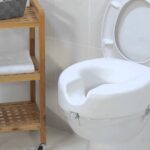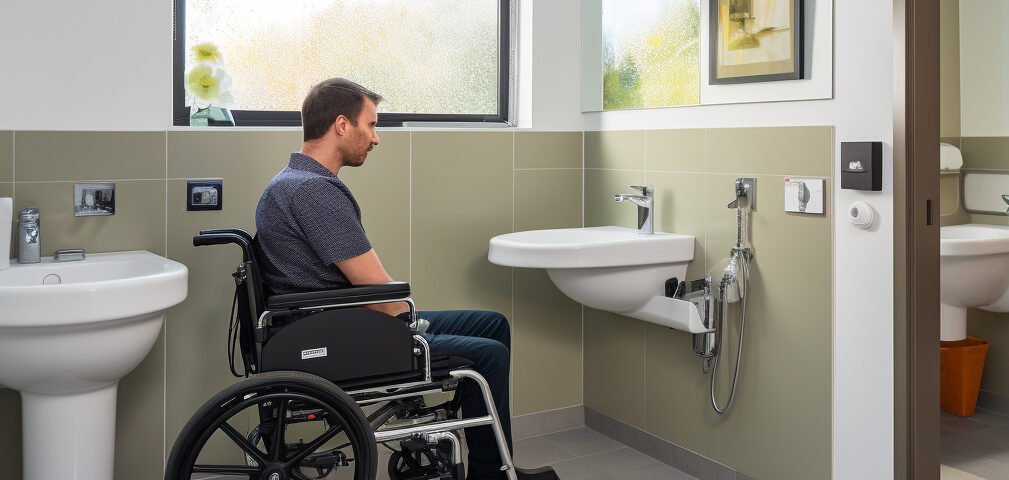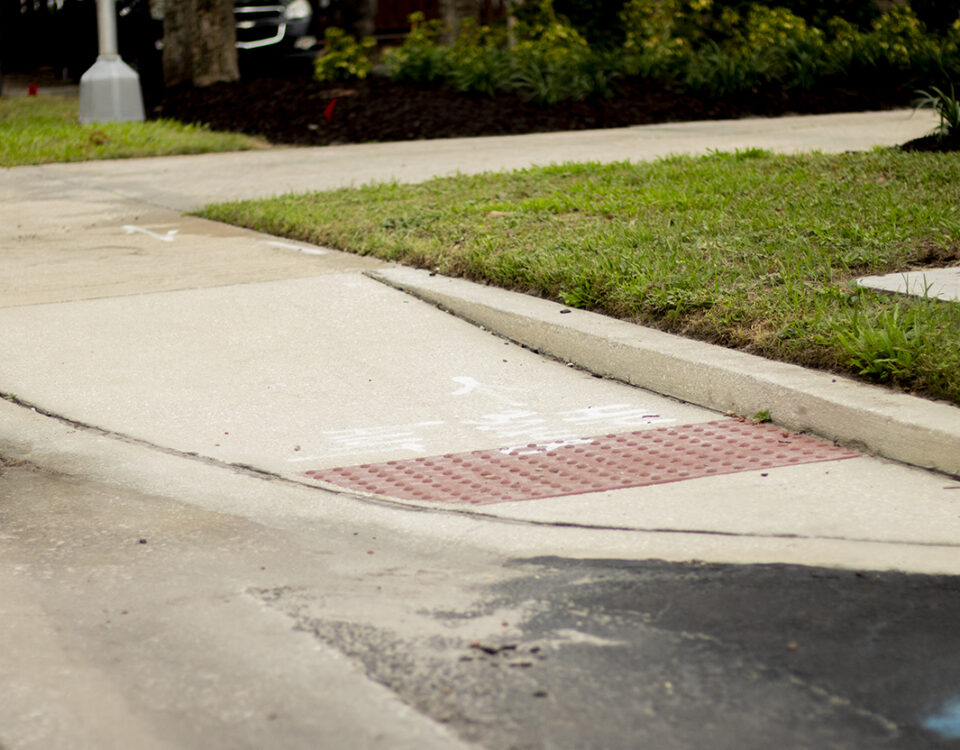Repositioning Paper Towel Dispensers for ADA Compliance
June 1, 2023
Installing Raised Toilet Seats for ADA Compliance
June 8, 2023The Americans with Disabilities Act (ADA) is a vital piece of legislation that strives to ensure equal access and inclusivity for individuals with disabilities in public spaces. A less-known yet essential aspect of ADA compliance is the installation of full-length bathroom mirrors. In this article, we will explore why full-length mirrors are crucial, provide details on the ADA standards and measurements involved, and emphasize the significance of this modification in achieving restroom accessibility.
At a Glance
- Accessibility: Installing full-length bathroom mirrors ensures that individuals with mobility challenges can perform personal grooming tasks independently, promoting equal access.
- Independence: Properly designed mirrors empower individuals with disabilities to maintain their personal hygiene and appearance autonomously, fostering self-reliance.
- Safety: Full-length mirrors enhance safety by allowing individuals to see their entire reflection, reducing the risk of accidents and injuries during grooming.
- Legal Requirement: The ADA mandates specific standards for full-length bathroom mirrors to ensure fairness and restroom accessibility.
- Inclusivity: Installing full-length mirrors aligns with universal design principles, making restrooms more welcoming and convenient for everyone, regardless of their abilities.
ADA Standards and Measurements:
ADA guidelines provide precise standards for the installation of full-length bathroom mirrors to enhance accessibility:
- Height and Tilt: According to ADA standards, full-length mirrors should be mounted with the bottom edge of the reflecting surface no higher than 35 inches above the finished floor. The top edge should be no lower than 74 inches above the floor. These height requirements ensure that individuals using wheelchairs or mobility aids can comfortably view themselves.
- Tilted Mirrors: Mirrors can be tilted for better viewing angles. When tilted, the bottom edge should be no more than 38 inches above the floor.
Importance of Compliance:
Installing full-length bathroom mirrors is about more than just following regulations; it’s about prioritizing personal hygiene, safety, and ensuring that everyone, regardless of their abilities, can maintain their appearance with dignity and ease. Properly designed mirrors are crucial for individuals with disabilities, as they allow for equal participation in various aspects of daily life.
Promoting Independence:
Full-length mirrors empower individuals with disabilities to perform personal grooming tasks independently. Knowing they can assess their appearance fosters self-reliance and allows for a more dignified restroom experience.
Enhancing Safety and Accessibility:
Properly designed mirrors contribute significantly to restroom safety and accessibility. They allow individuals to see their entire reflection, reducing the risk of accidents and injuries during grooming. This feature is vital for individuals with disabilities and seniors who may require more assistance without it.
Conclusion:
In conclusion, installing full-length bathroom mirrors is a pivotal step toward achieving a more accessible and inclusive society. It ensures restroom accessibility, promotes independence, enhances safety, and demonstrates a commitment to the principles of the ADA. As we continue to adapt our public spaces, let us remember that this modification is more than just an addition; it is a tangible expression of our dedication to ensuring that everyone, regardless of their abilities, can maintain their appearance with safety and dignity.




